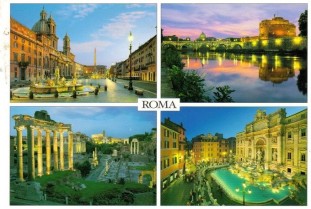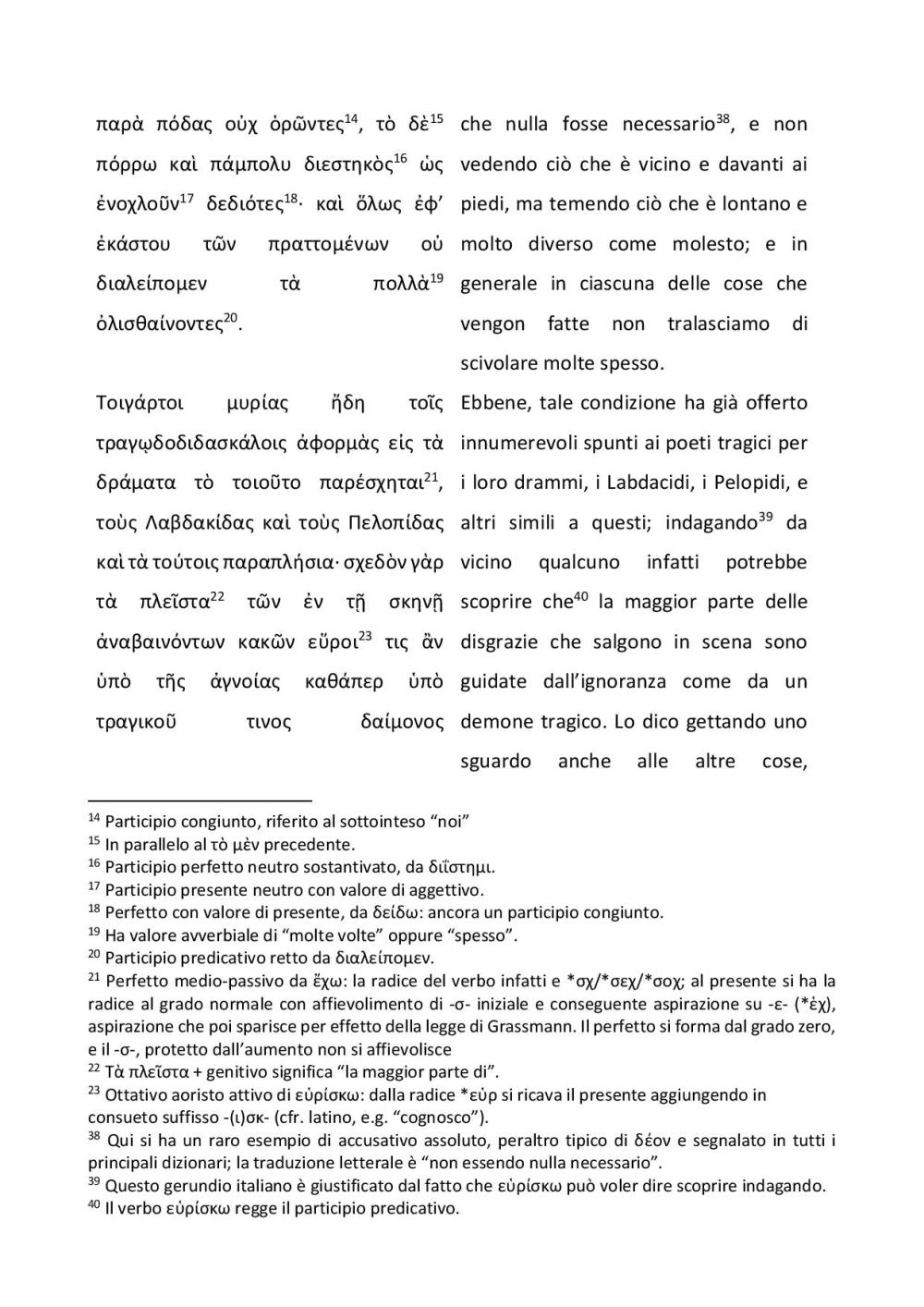This rather obscure sentence inaugurates my travel journal, a gem from last Christmas’s haul. November 2014 pinpoints the end of a dull existence devoid of a full Venetian experience. Since then, I have hopelessly fallen in love. It was late evening and Venice’s street lights do not really light up the darkness, so everything – the canals, the buildings – looked vague, unreal.
Hang on, did I say street lights? HA! Well, that was silly wasn’t it?
 This is exactly what makes Venice so captivating – and disorientating. We grow up with a very simple idea of the urban space – houses, schools, hospitals, parks. All interconnected by a thick web of roads. Venice challenges that idea, re-conceptualises how a city can be made functional. And like commonly conceived urban spaces depend on roads, so Venice depends on canals: ambulances and taxis are boats, which means that the mailman and the dustman have their own boats, too.
This is exactly what makes Venice so captivating – and disorientating. We grow up with a very simple idea of the urban space – houses, schools, hospitals, parks. All interconnected by a thick web of roads. Venice challenges that idea, re-conceptualises how a city can be made functional. And like commonly conceived urban spaces depend on roads, so Venice depends on canals: ambulances and taxis are boats, which means that the mailman and the dustman have their own boats, too.
The atypical situation that typifies Venice has obviously affected the language spoken in the city. And I am not speaking necessarily of the Venetian language itself – all languages spoken within the Venetian lagoon (be it Italian, English or Chinese) somehow change as they breach into the Venetian alternative universe. The reason is simple: you wouldn’t say such things as ‘I am parking my car’, ‘you need to cross the road’, ‘let’s get to the other side even though there’s no pedestrian crossing’. These expressions do not make any sense in Venice and language, as a result, is forced to re-shape itself due to geographical necessity.
Throughout the centuries, the Venetian language has mirrored the maritime and mercantile spirit of its people. Technical jargon has often spilt over everyday language, so a carabera, originally a storehouse, is today a very messy house. And when you wander about doing nothing, or are not be able to walk straight (too many drinks, perhaps?) you’ll probably claim that you’re going a torzio (around, not straight) just like an ungoverned boat drifting away in the sea (that’s what that expression originally meant).

Venice is the administrative centre of Regione Veneto, which includes other well-known Shakespearian sites such as Padua and Verona. Veneto is also where dialetto veneto is spoken, a northern Italian evolution of the Latin language spoken there. In English we call ‘Venetian’ both the language spoken in the macro-area of Veneto and the local variant spoken in Venice (veneziano or veneto lagunare), but locals tend to highlight the presence of a conspicuous number of break points. Regardless of their differences, the lingua veneta is considered a linguistic group per se of the northern Italian dialects, mainly characterised by flat vowels and the lack of double consonants (conversely, a peculiarity of Italian). The last point in particular was at the core of a linguistic debate raised after the restoration of Venice’s nizioleti, i.e. the old ‘road’ signs painted on the buildings’ walls (a bit like cheap frescoes). In 2013, what appears to be a local language activist has blackened out the extra consonants in some of the signs that had been recently restored. Sottoportego della Madonetta, with that unnatural –tt-, was probably not only seen very out of place but also as a threatening influence of the national language over the local variant.

The nizioleti represent an element that help reconstruct the history of Venice: they tell us what happened in that particular calle in the past, be it a fish market or a brothel, and they are an interesting record of written language. The nizioleti were in fact taken into account for the GVU project (Grafia Veneta Unitaria, or Common Venetian Spelling) – carried out by a group of linguists and experts, the GVU project tries to respond to that urge to preserve the local language by providing a standardised writing system. This would supposedly ease the conservation of its written records and a more effective implementation of the local language teaching into the school curriculum. Expectedly, many praise the effort, many others turn up their nose.

Venice speaks the veneto lagunare, or lagoon venetian. This linguistic area includes main Venice, Murano and Burano, Lido, Chioggia and Caorle. The Burano variant is said to be the closest to the language commonly spoken in Venice in the XVII century. What else would you expect from a tiny, colourful island that takes 40 minutes to reach on a water bus?

Fortunately, in spite of the generally opposite global trend, the lingua veneziana is not dramatically endangered. A recent survey included in a dissertation project has reported that the younger generations frequently speak veneziano, and that the younger speakers are intentioned to hand down the knowledge of the local language to their descendants. If this corresponds to reality, does the Venetian case represent a model that should be followed and can it be followed? Or is it just a unique case that lives on the glories of its past?
For more info on Venetian toponyms (in Italian): http://venicexplorer.net/tradizione/topos/index.html








